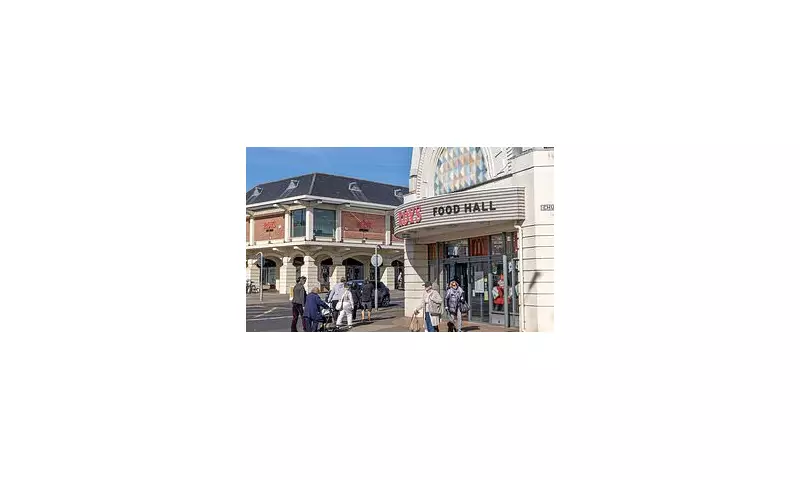
Nestled deep in the picturesque Norfolk countryside lies a village so small and unique that it barely appears on maps. Welcome to Roy, a charming hamlet that stands as a living relic of traditional England, entirely owned and managed by a single family for generations.
A World Unto Itself
Unlike typical English villages with multiple landowners and council oversight, Roy operates under a remarkable arrangement. The entire settlement - from its quaint cottages to the very land they stand on - forms part of the neighbouring Wroxham Estate, owned and carefully managed by the same family that has presided over this corner of Norfolk for decades.
Preserving Rural Heritage
The current custodians continue a tradition of stewardship that has kept Roy frozen in time, maintaining its character against the tide of modern development. This unusual ownership model has allowed the family to protect the village's unique atmosphere, ensuring it remains an authentic slice of English rural life.
The arrangement means residents enjoy a relationship with their landlord rarely seen in contemporary Britain, where decisions about the village's future are made with long-term vision rather than short-term profit in mind.
Life in Britain's Most Exclusive Village
With its handful of properties and intimate scale, Roy offers a glimpse into a vanishing way of life. The village represents a microcosm of traditional English rural society, where community ties remain strong and the pace of life follows the rhythms of the countryside rather than the demands of modern commerce.
This unique setup raises fascinating questions about land ownership, heritage preservation, and the future of England's rural communities in an age of rapid urbanisation and changing property markets.
A Model of Conservation
The family's approach to managing Roy demonstrates an alternative model for preserving Britain's rural heritage. By maintaining ownership rather than selling off parcels of land, they've ensured the village retains its cohesive character and protected it from the piecemeal development that has transformed so many similar communities.
As Britain grapples with questions about housing, land use, and preserving its cultural heritage, Roy stands as a testament to what can be achieved when stewardship takes precedence over speculation.





